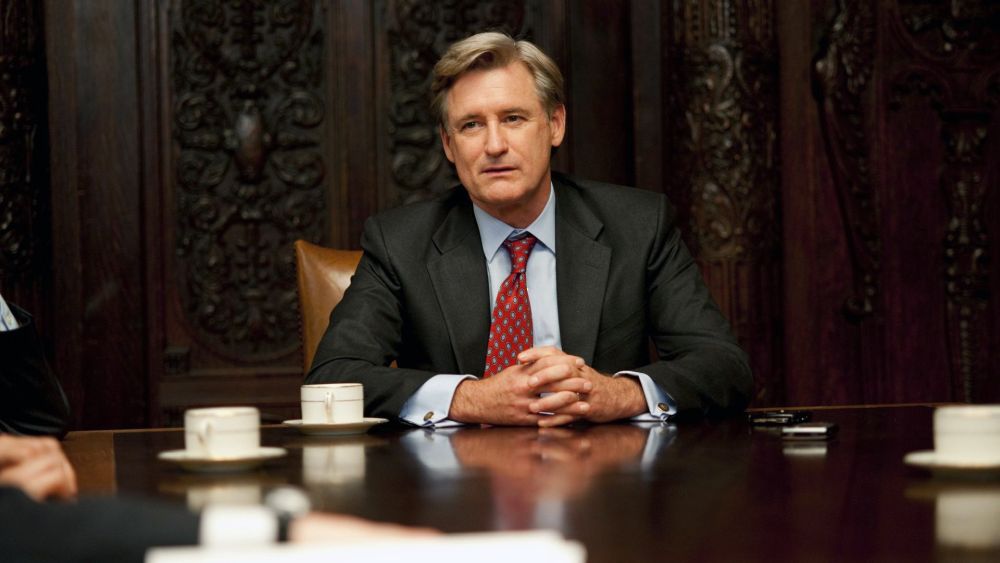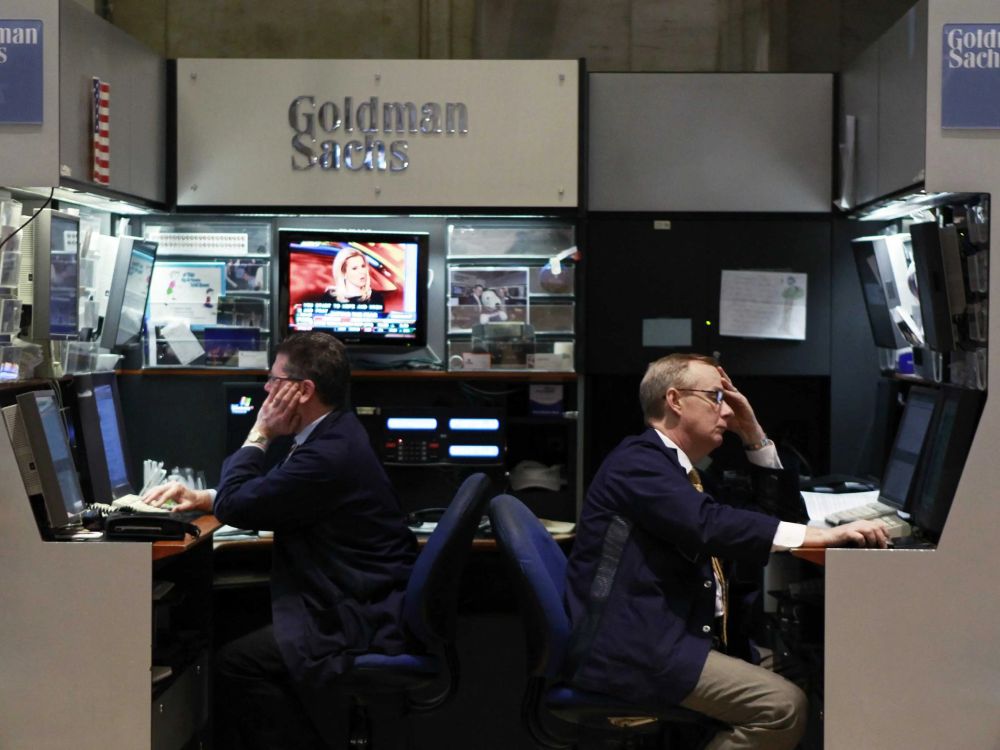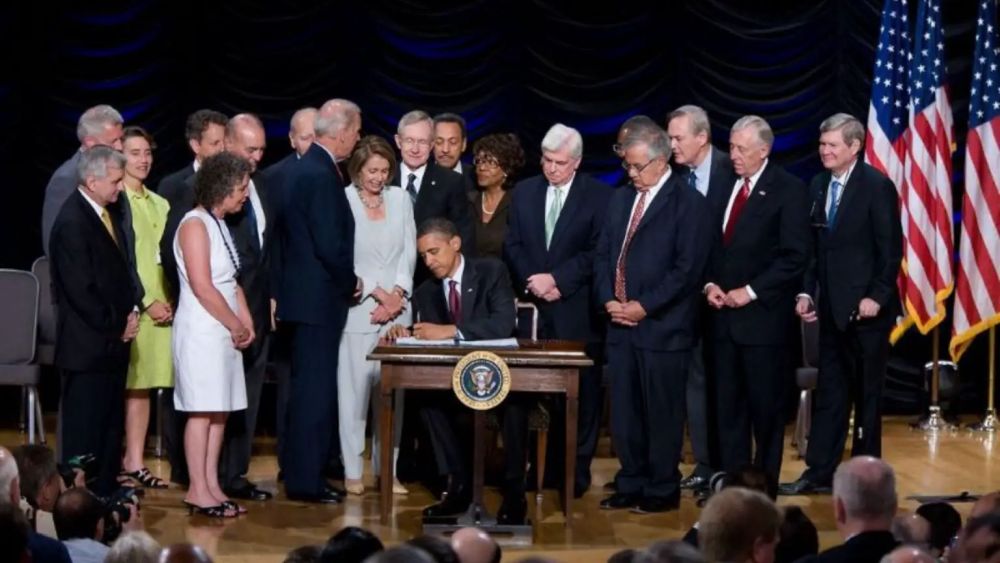In the realm of economics and finance, the term “too big to fail” has become a significant and controversial concept. This phrase refers to companies or financial institutions whose size and influence are so vast that their failure could potentially have catastrophic consequences for the entire economy. These entities are often considered integral to the stability of the financial system and are therefore deemed too crucial to be allowed to collapse. The rationale behind this notion is that the failure of such behemoth corporations could trigger a domino effect, leading to a cascading series of financial crises and widespread economic turmoil.

The history of the “too big to fail” phenomenon can be traced back to the 2008 global financial crisis. During this period, several major financial institutions faced imminent collapse, prompting governments to intervene with massive bailouts to prevent a systemic meltdown. The bailouts, however, sparked a debate about moral hazard, as critics argued that such interventions created an incentive for companies to engage in risky behavior, knowing that they would be rescued in the event of a crisis. The aftermath of the financial crisis led to increased scrutiny and calls for reforms to address the systemic risks posed by these too-big-to-fail entities.

Companies that have been considered too big to fail, as identified by the U.S. Federal Reserve (Fed) for their potential threat to the stability of the U.S. financial system, include Bank of America Corp., The Bank of New York Mellon Corp., Citigroup Inc., The Goldman Sachs Group Inc., JPMorgan Chase & Co., Morgan Stanley, State Street Corp., and Wells Fargo & Co. Additionally, during the financial crisis of 2007-2008, several other entities required government intervention as they were deemed “too big to fail.” These included General Motors (auto company), AIG (insurance company), Chrysler (auto company), Fannie Mae (government-sponsored enterprise (GSE)), Freddie Mac (GSE), and GMAC—now Ally Financial (financial services company). The gravity of these designations underscores the interconnectedness and systemic importance of these institutions within the broader economic landscape.

In response to the vulnerabilities exposed by the 2008 crisis, policymakers and regulators implemented various reforms aimed at preventing a similar scenario in the future. The Dodd-Frank Wall Street Reform and Consumer Protection Act, enacted in the United States in 2010, sought to enhance financial stability and curb excessive risk-taking by imposing stricter regulations on large financial institutions. The goal was to create a framework that would enable the orderly resolution of failing institutions without resorting to taxpayer-funded bailouts. However, critics argue that these reforms may not be sufficient, and the “too big to fail” problem continues to persist, with some entities remaining deeply intertwined with the broader financial system.

The concept of “too big to fail” remains a contentious issue in the world of finance and economics. While efforts have been made to address the risks associated with large and influential corporations, the effectiveness of these measures remains a subject of ongoing debate. As the global economy continues to evolve, the resilience and stability of major corporations will undoubtedly be a focal point of regulatory discussions. Striking the right balance between preventing systemic risks and avoiding moral hazard will be crucial in shaping the future landscape of financial stability.

